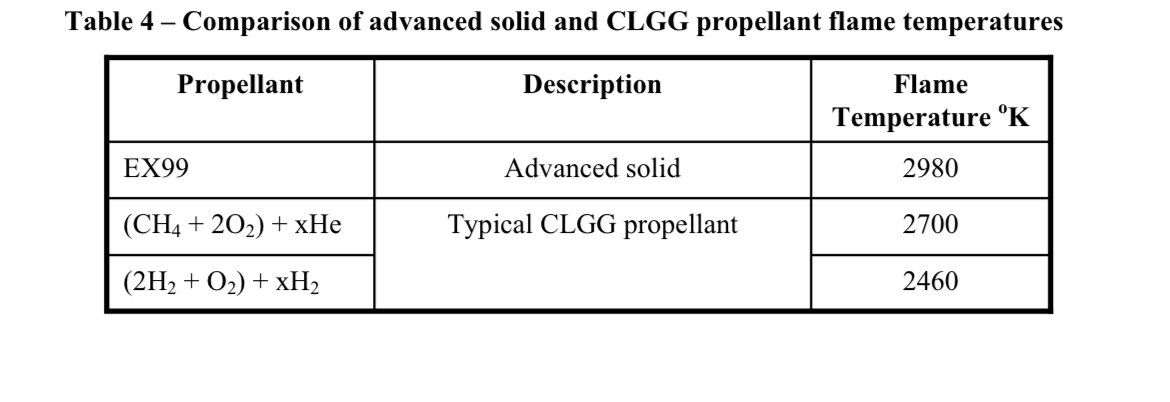- Joined
- 11 March 2012
- Messages
- 3,247
- Reaction score
- 3,175
All this talk of increasing artillery ranges reminds me of a tour of Dr. Gerald Bull’s High Altitude Research Project at Highwater, Quebec back in 1967. Dr. Bull bragged that he could fire a shell all the way to Moscow!
HARP started with souped-up 5” US Navy surplus barrels. Dr. Bull welded a pair of 5” gun barrels end-to-end to improve muzzle velocity. He touted HARP as an inexpensive way to launch satellites into low earth orbit.
Sadly, the US Army pulled Bull’s funding in 1967.
Bull went on to develop base-bleed shells to extend ranges.
He up-graded artillery for the South African and Indian Armies.Rumor has it that Bull was assassinated (1990) by the Israeli Mossad when he designed a super-gun for Iraqi dictator Saran Hussein. Hussein wanted to shell Israel from Iraq.
Bull was a brilliant engineer who fell afoul of Cold War politics.
HARP started with souped-up 5” US Navy surplus barrels. Dr. Bull welded a pair of 5” gun barrels end-to-end to improve muzzle velocity. He touted HARP as an inexpensive way to launch satellites into low earth orbit.
Sadly, the US Army pulled Bull’s funding in 1967.
Bull went on to develop base-bleed shells to extend ranges.
He up-graded artillery for the South African and Indian Armies.Rumor has it that Bull was assassinated (1990) by the Israeli Mossad when he designed a super-gun for Iraqi dictator Saran Hussein. Hussein wanted to shell Israel from Iraq.
Bull was a brilliant engineer who fell afoul of Cold War politics.



